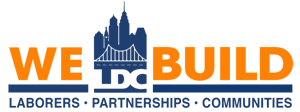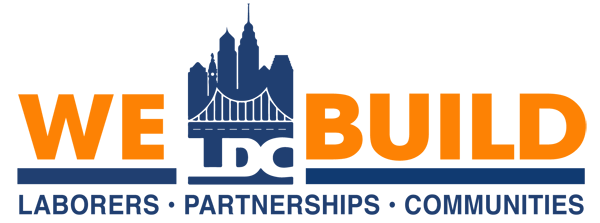My LDC Benefits
Exercise: A drug-free approach to lowering high blood pressure
Exercise is a drug-free way to lower blood pressure. Here are tips on getting started.
The risk of high blood pressure, also called hypertension, increases with age. But getting some exercise can make a big difference. If your blood pressure is already high, exercise can help you control it. You don't need to immediately run a marathon or join a gym. Instead, start slow and work more physical activity into your daily routine.
Regular exercise makes the heart stronger. A stronger heart can pump more blood with less effort. As a result, the force on the arteries decreases. This lowers blood pressure.
Blood pressure is measured in millimeters of mercury (mm Hg). There are two numbers in a blood pressure reading. The top number is the systolic pressure. The bottom number is the diastolic pressure.
According to the American College of Cardiology and the American Heart Association, normal blood pressure is 120/80 mm Hg or lower.
Becoming more active can lower both the top and the bottom blood pressure numbers. How much lower isn't entirely clear. Studies show drops from 4 to 12 mm Hg diastolic and 3 to 6 mm Hg systolic.
Regular exercise also helps maintain a healthy weight. Weight management is an important way to control blood pressure. If you're overweight, losing even 5 pounds (about 2.3 kilograms) can lower your blood pressure.
It takes about 1 to 3 months for regular exercise to have an impact on blood pressure. The benefits last only as long as you continue to exercise.
You should try to get at least 150 minutes of moderate aerobic activity or 75 minutes of vigorous aerobic activity a week, or a combination of the two. Aim for at least 30 minutes of aerobic activity most days of the week. If you're not used to exercising, work slowly toward this goal. You can break your aerobic workout into three 10-minute sessions. This gives you the same benefit as one 30-minute session.
Any activity that increases the heart and breathing rates is considered aerobic activity. Some examples are:
- Active sports, such as basketball or tennis
- Bicycling
- Climbing stairs
- Dancing
- Gardening, including mowing the lawn and raking leaves
- Jogging
- Swimming
- Walking
A combination of aerobic and weight training seems to provide the most heart-healthy benefits.
If you sit for several hours a day, try to take 5- to 10-minute breaks each hour to stretch and move. An inactive — also called sedentary — lifestyle is linked to many chronic health conditions, including high blood pressure. To get some movement into your day, try taking a quick walk or just going to the kitchen or break room to get a drink of water. Setting a reminder on your phone or computer may be helpful.
Sometimes it's best to check with a health care provider before you start an exercise program, especially if:
- You have a chronic health condition such as diabetes, heart disease or lung disease
- You have high cholesterol or high blood pressure
- You've had a heart attack
- You have a family history of heart-related problems before age 55 in men and age 65 in women
- You feel pain or discomfort in your chest, jaw, neck or arms during activity
- You become dizzy with activity
- You smoke or recently quit smoking
- You're overweight or have obesity
- You're unsure if you're in good health
- You haven't been exercising regularly
Some medicines, including blood pressure drugs, affect the heart rate. Medicines also may affect the body's response to exercise. If you are being treated for high blood pressure and recently started exercising more, ask your provider if you need to adjust your medicines. Sometimes getting more exercise reduces the need for blood pressure medicine.
To reduce the risk of injury while exercising, start slowly. Remember to warm up before you exercise and cool down afterward. Slowly increase the intensity of your workouts.
Follow these steps to check your heart rate during exercise:
- Stop what you're doing briefly.
- Place your index and third fingers on your neck to the side of your windpipe and find your pulse.
- Or place the same fingers on the thumb side of your wrist and find your pulse.
- Count the pulse for 15 seconds.
- Multiply the number you get by 4 to determine your heartbeats per minute.
Here's an example: You stop exercising and take your pulse for 15 seconds, getting 37 beats. Multiply 37 by 4, to get 148 beats per minute.
Ask your health care provider what your target heart rate should be during exercise and at rest.
Stop exercising and seek immediate medical care if you have any warning signs of possible heart problems during exercise, including:
- Chest, neck, jaw or arm pain or tightness
- Dizziness or faintness
- Severe shortness of breath
- An irregular heartbeat
The only way to detect and manage high blood pressure is to keep track of your blood pressure readings. Have your blood pressure checked at each health checkup. Also use a home blood pressure monitor. When measuring your blood pressure at home, it's best to do so at the same time every day.
© 1998-2023 Mayo Foundation for Medical Education and Research (MFMER). All rights reserved.


